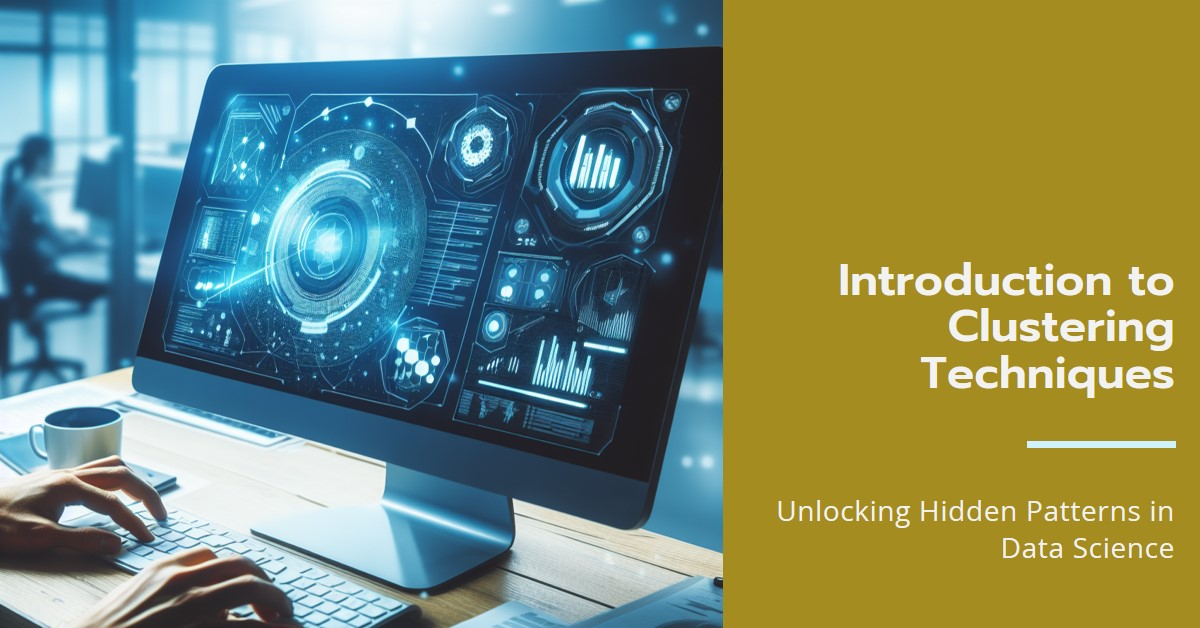A. K-Means Clustering
K-Means, a popular method, partitions data into distinct groups based on similarities, making it effective for various applications.
B. Hierarchical Clustering
Hierarchical clustering builds a tree-like structure of data points, revealing relationships at different scales.
C. DBSCAN
Density-Based Spatial Clustering of Applications with Noise (DBSCAN) excels in identifying dense regions, valuable for anomaly detection.

